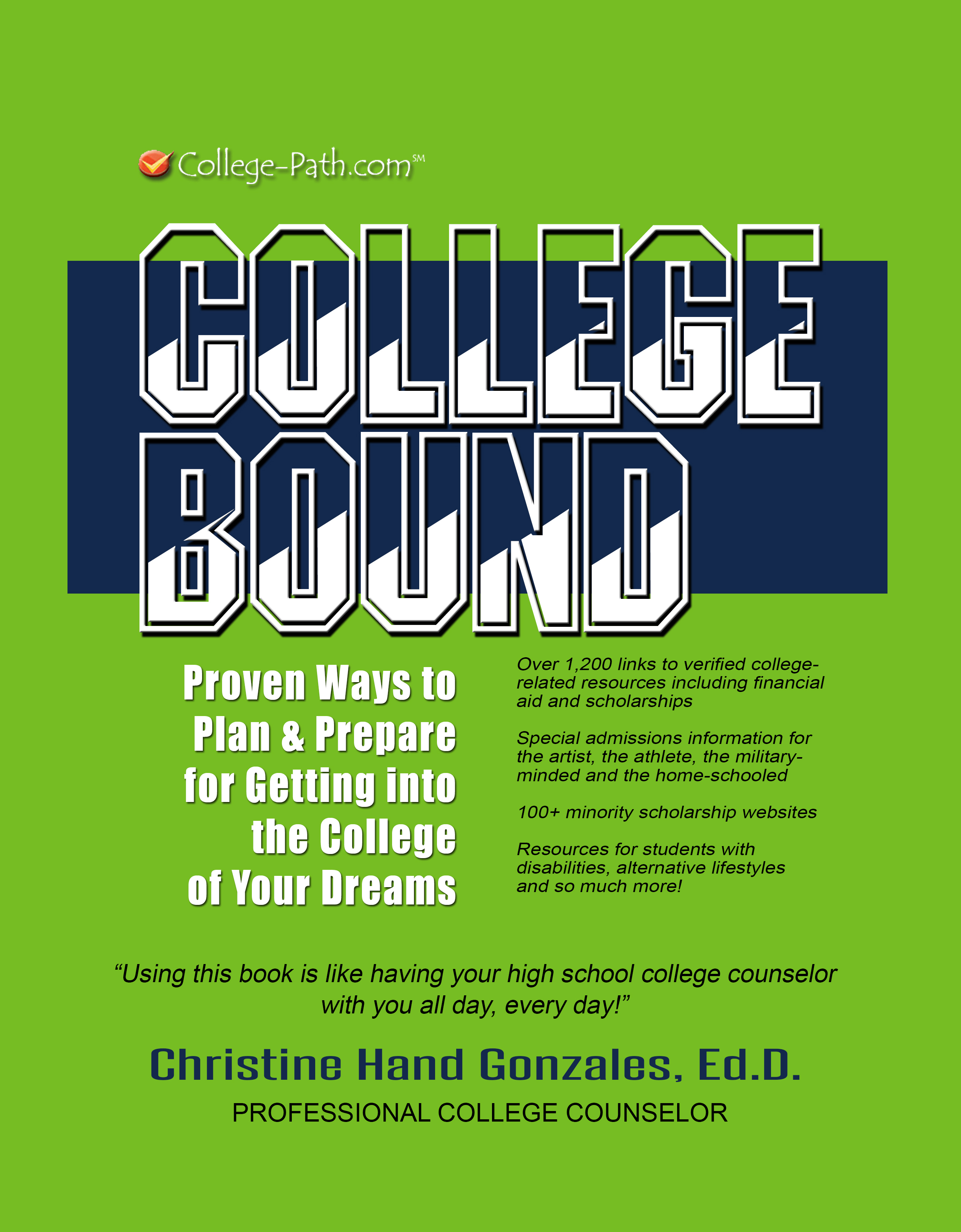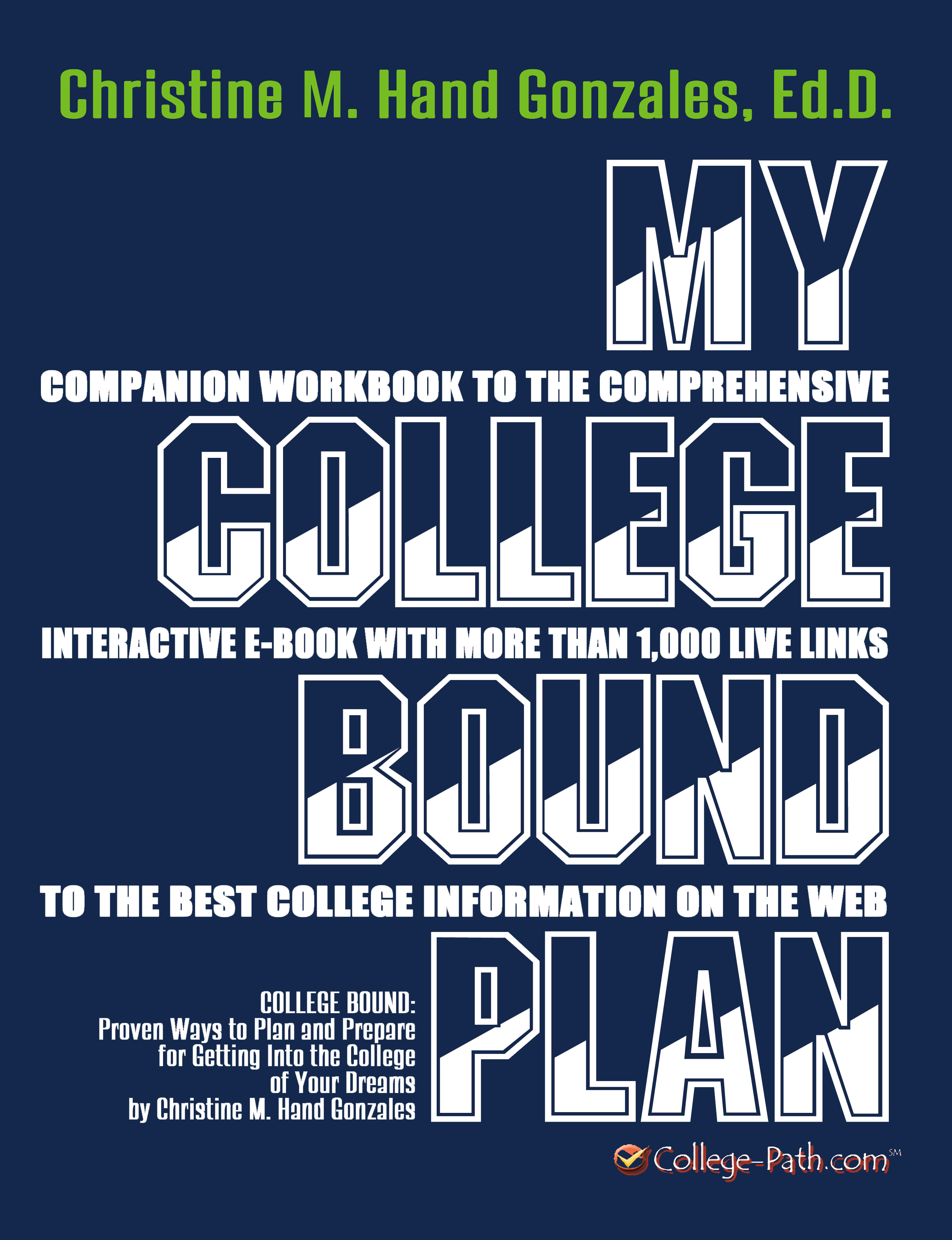Fall Semester
September
Check your transcripts to make sure you have all the credits you need to get into your college(s) of choice. Find out from the colleges to which you are applying whether or not they need official copies of your transcripts (sent directly from your high school) at the time of application.
colleges to which you are applying whether or not they need official copies of your transcripts (sent directly from your high school) at the time of application.
Register for October/November SAT Reasoning Test, SAT Subject Test, and ACT (with writing) tests.
Take another look at your list of colleges, and make sure that they still satisfy your requirements. Add and/or remove colleges as necessary.
Make sure you meet the requirements (including any transcript requirements) for all the colleges to which you want to apply. Double-check the deadlines, and apply.
Give any recommendation forms to the appropriate teachers or counselors with stamped, college-addressed, envelopes making certain that your portion of the forms are filled out completely and accurately. Be sure to give them a resume of your activities.
Most early decision and early action applications are due between October 1 and November 1. Keep this in mind if you intend to take advantage of these options and remember to request that your high school send your official transcripts to the college to which you are applying. Read what seniors should be doing during the application process each month of their senior year.










